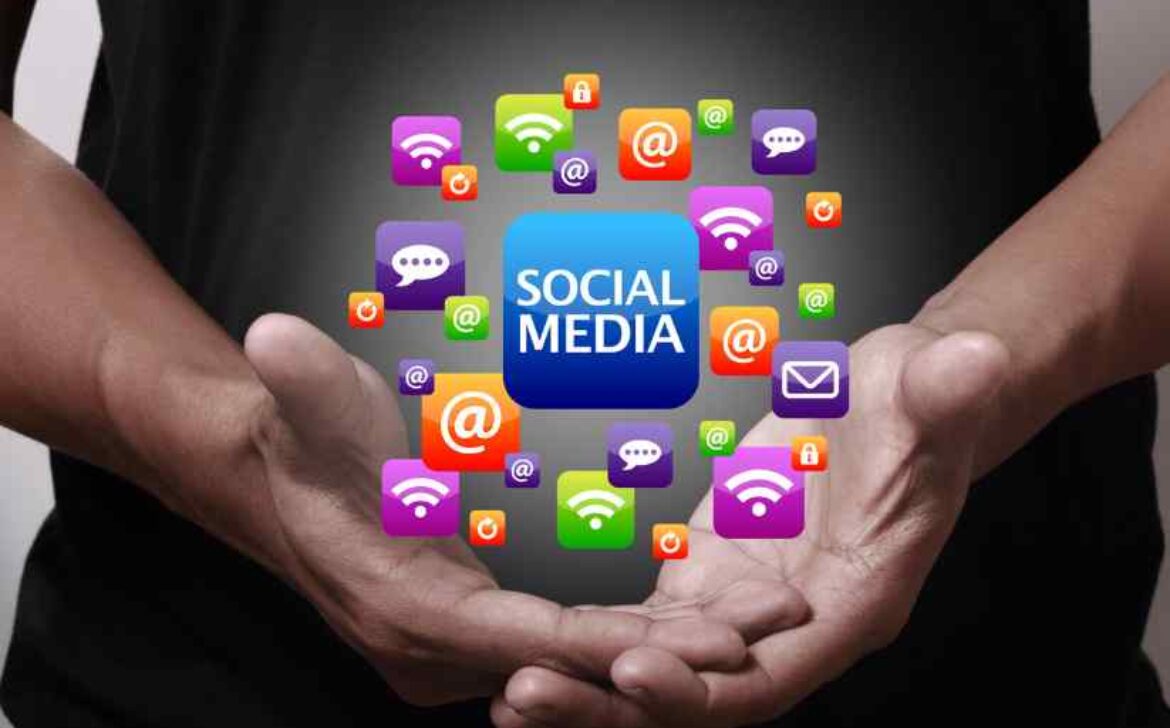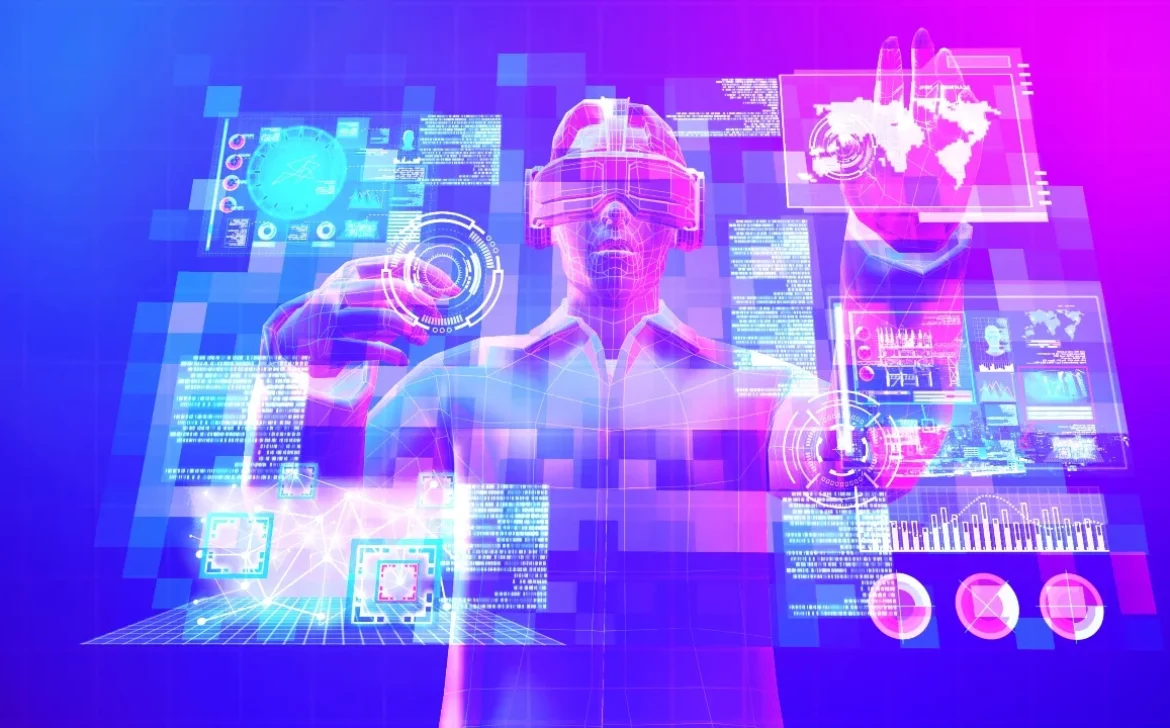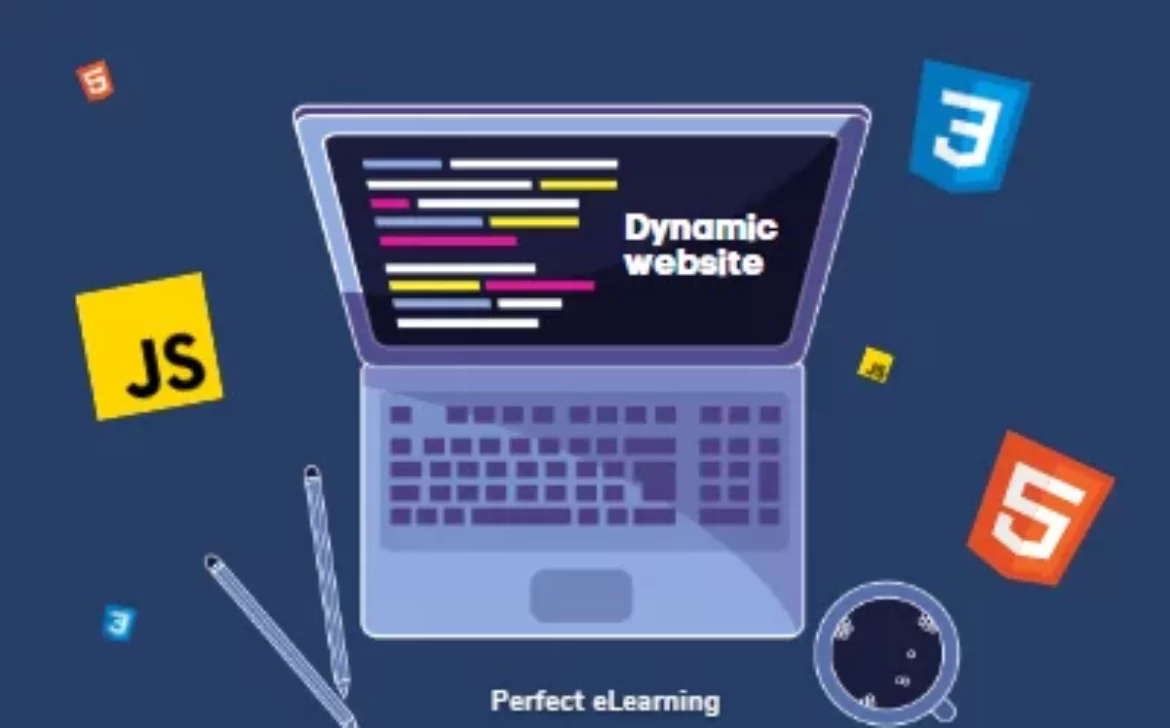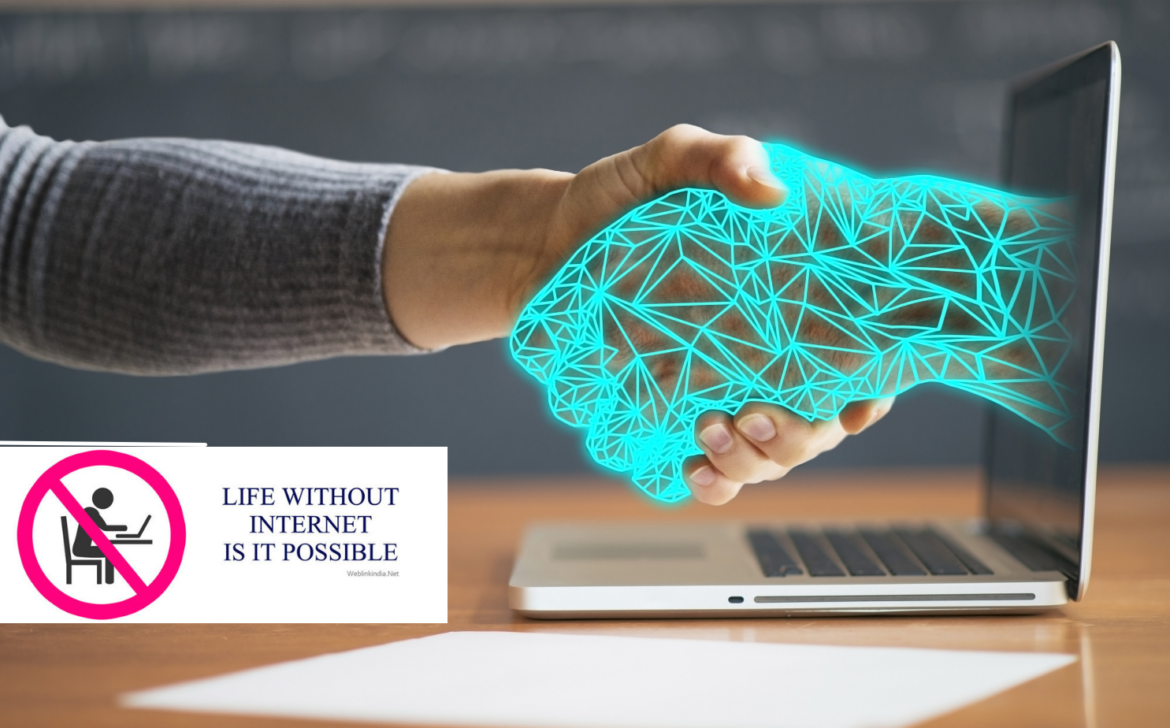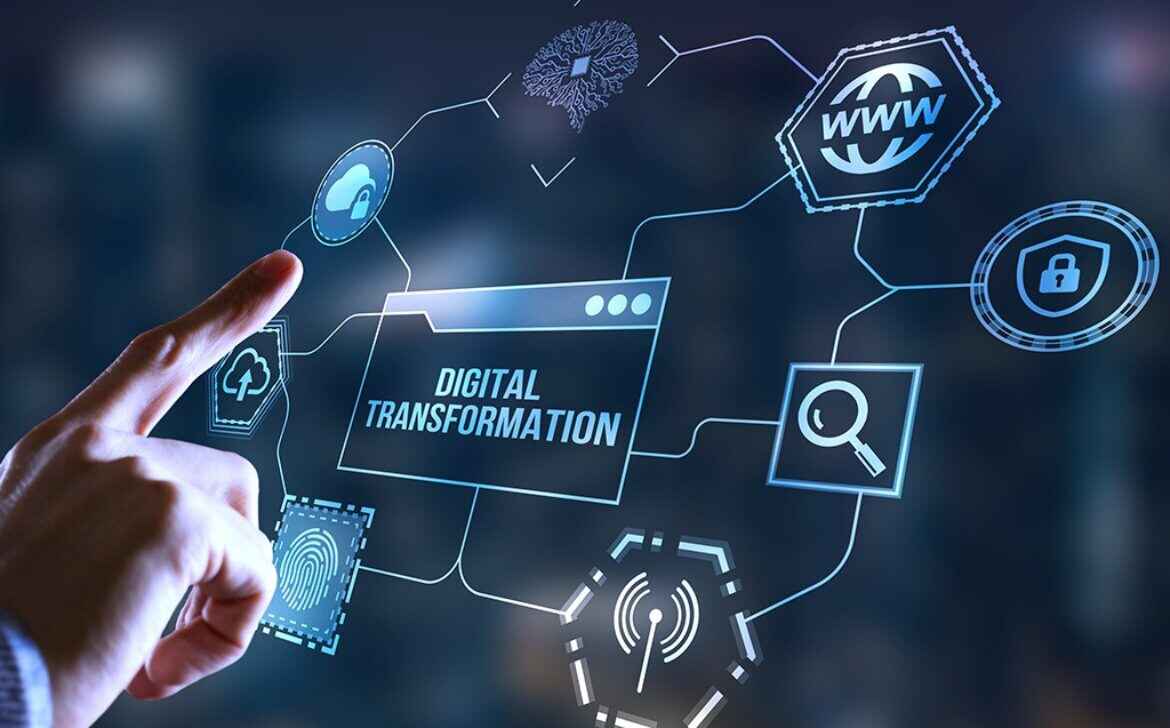AI in Healthcare: Revolutionizing Patient Care with Artificial Intelligence
Introduction:
Discover how Artificial Intelligence (AI) is transforming the landscape of healthcare, revolutionizing patient care, diagnostics, and treatment. Explore AI’s applications in predictive analytics, personalized medicine, and drug discovery, and understand the ethical considerations shaping its integration into the healthcare industry.
- Redefining Diagnostics: The AI-Driven Revolution
Explore how AI is revolutionizing medical diagnostics through accurate image analysis, enhancing early detection and improving treatment outcomes.
- Predictive Analytics: Navigating Patient Health
Learn how AI’s predictive capabilities empower medical professionals to forecast potential health risks and outcomes, leading to proactive interventions.
- Personalized Treatment Plans: Precision Medicine Unleashed
Discover how AI tailors treatment plans using genetic data, medical history, and lifestyle factors, ensuring personalized and effective care.
- Drug Discovery and Development: Accelerating Innovation
Uncover how AI’s computational power accelerates drug discovery, identifying potential compounds and expediting clinical trials.
- Remote Patient Monitoring: Empowering Patients
Understand how wearable AI-enabled devices and remote sensors empower patients to monitor their health, enabling proactive interventions.
- Natural Language Processing: Enhancing Clinical Documentation
Learn how AI’s natural language processing improves clinical documentation, streamlining records and enabling healthcare professionals to focus on patient care.
- Ethical Considerations: Balancing the Human-AI Equation
Discover the ethical concerns surrounding AI in healthcare, including patient privacy, data security, and algorithmic biases.
- Collaboration of Humans and Machines: The AI-Powered Future
Explore how AI collaborates with medical professionals, augmenting their expertise and enhancing diagnostics and treatments.
- Bridging Global Healthcare Disparities: AI for All
Learn how AI can address healthcare disparities by offering sophisticated diagnostics and treatment insights to underserved regions.
Conclusion:
AI’s integration into healthcare is reshaping patient care and diagnostics. Embrace AI’s potential while ensuring ethical considerations guide its development, leading us towards a future where enhanced patient outcomes and quality of life are accessible to all.


